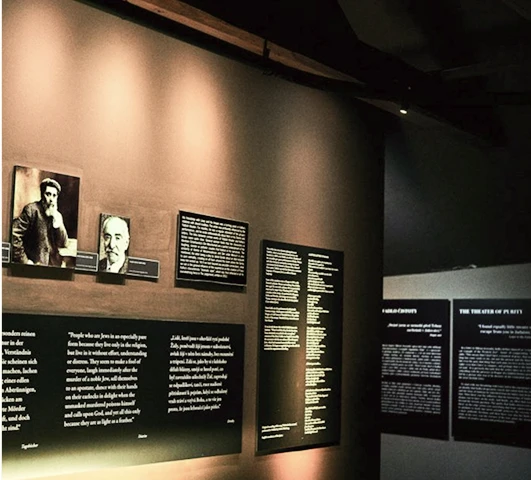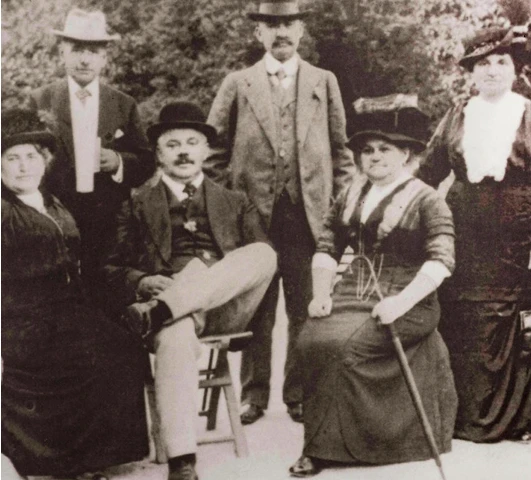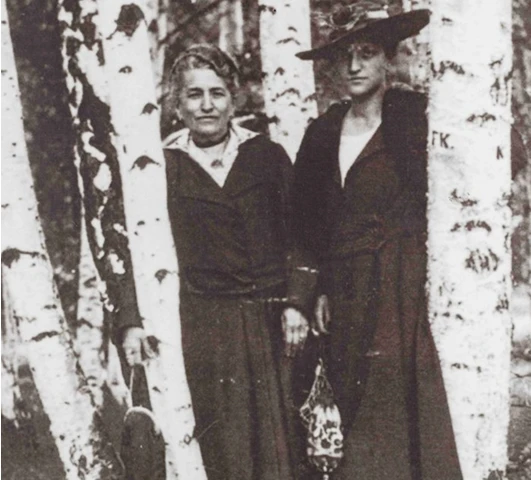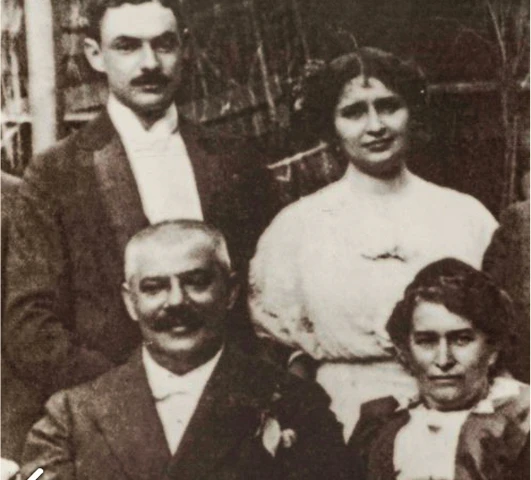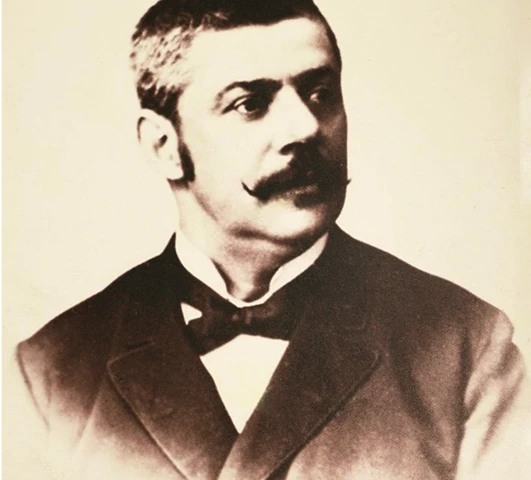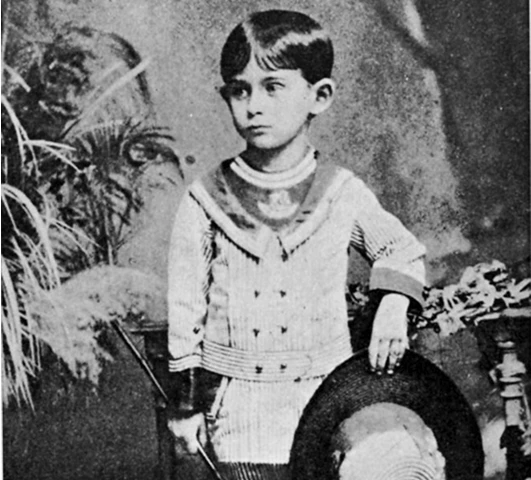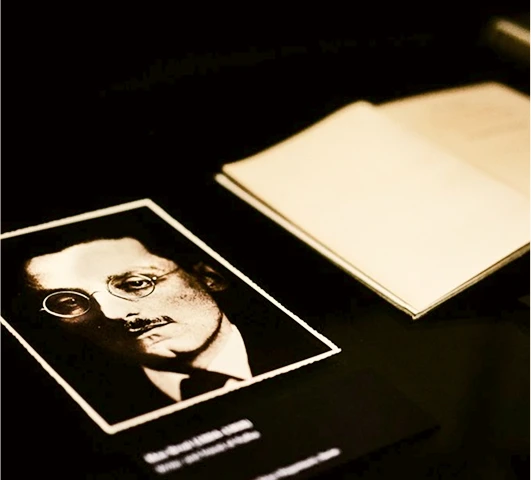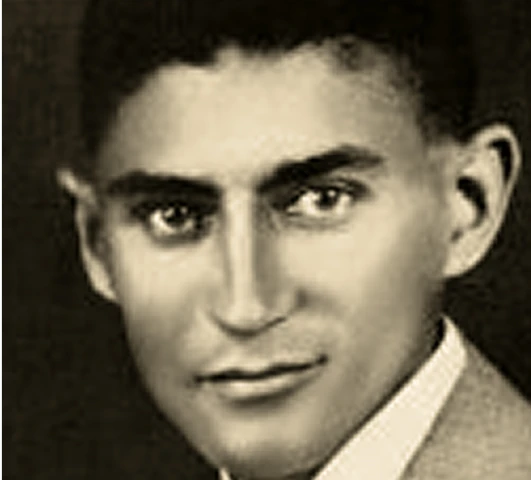FRANZ KAFKA MUSEUM
FRANZ KAFKA MUSEUM
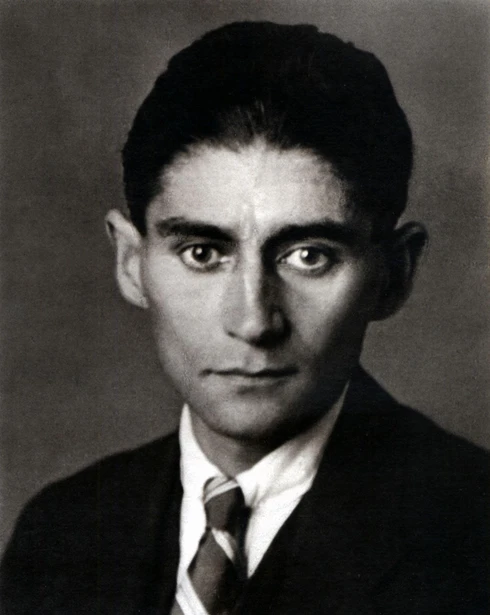
EXHIBITION
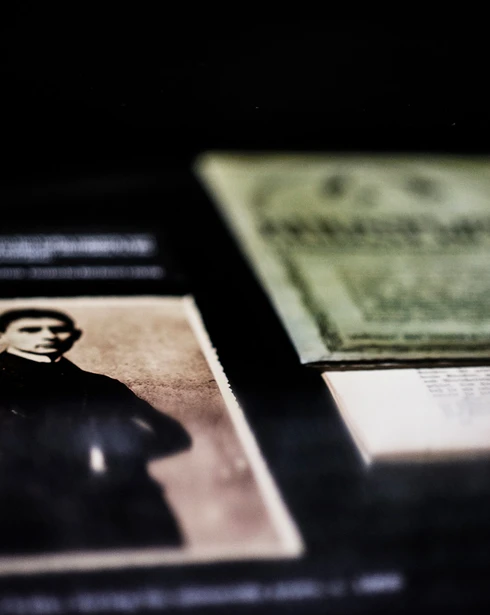
Kafka's Biography
Franz Kafka (1883 - 1924) was a Prague-born German-language writer whose work has had a profound influence on modern literature. Born on July 3, 1883, to a Jewish family, he lived his entire life in tension between the expectations of his time and his own inner anxieties. His work, full of dark visions, absurdity, and a sense of alienation, reflects not only his personal struggles but also the insecurities of society at the time.

ADMISSIONS
PRICE LIST
- Adult 300 Kč
- Children, Students, Seniors (65+) 220 Kč
- Family (2 kids, 2 adults) 800 Kč
We offer the possibility of an individual tour with a professional guide, price 1000 CZK + tickets (orders min. 7 days in advance). Private guided tours are available in the following languages: Czech, English, German, French and Russian. We do not offer group/non-individual guided tours.
We offer you to purchase a map of Franz Kafka's Prague (60 CZK) in the following languages (or according to the current offer): Czech, English, German, French, Spanish, Italian, Russian, Japanese, Korean, Chinese, Turkish and Hebrew.
We also offer for purchase a printed Guide to the Franz Kafka Museum (120 CZK) which will guide you through the museum and the life of Franz Kafka in detail. The guide is available in the following languages: Czech, English, German.
Where to find us
Hergetova Cihelna
Cihelná 2b
Malá Strana - Prague 1
118 00
